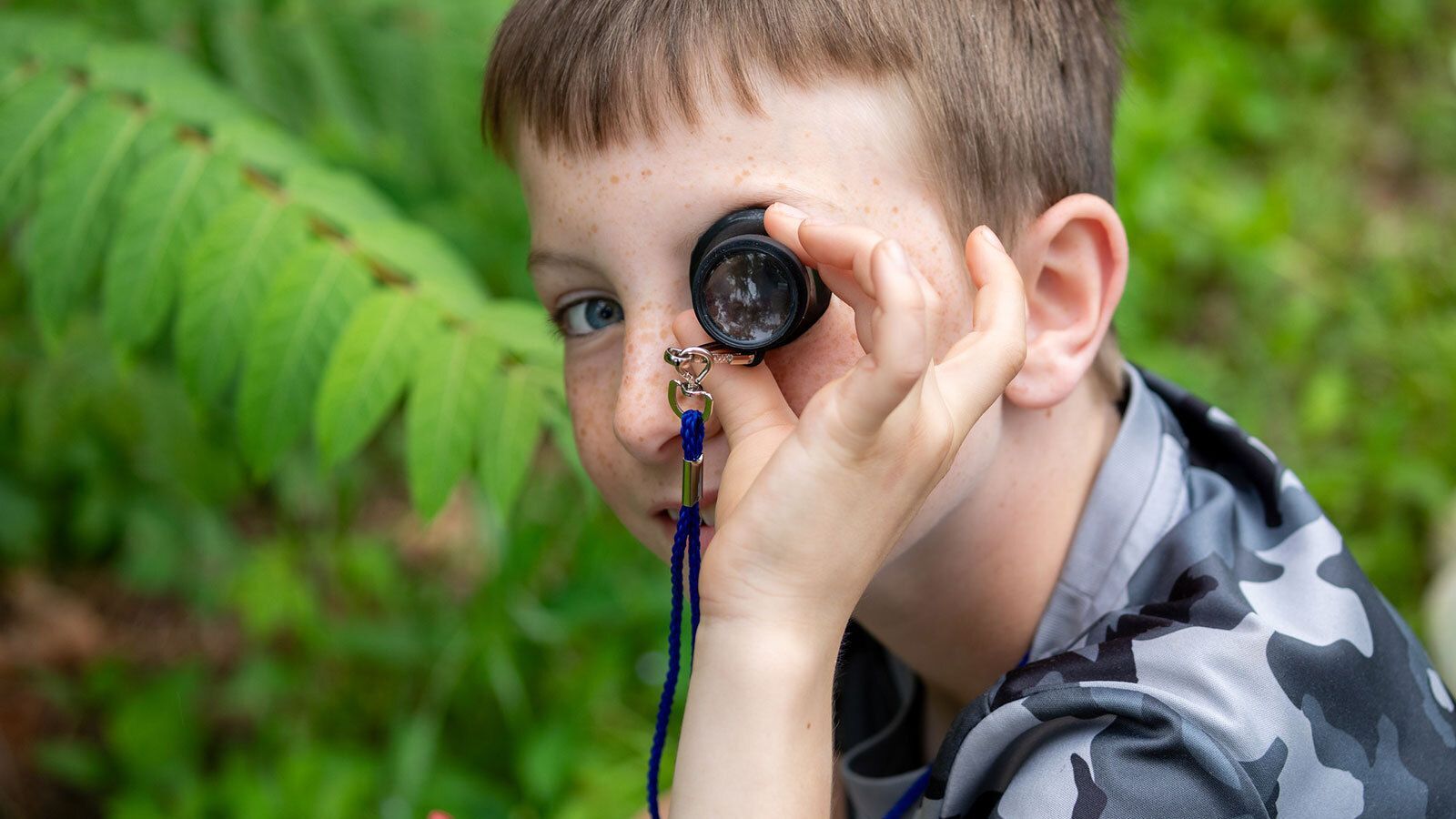What exactly are sea turtles? We think of them as the mariners of the sea. And they have superpowers!
But let’s start at the beginning. First, what are they?
Well, they are reptiles that breathe air, even though they live in the ocean. So they’re in the same group of cold-blooded animals as Snakes and crocodiles! Cool! Also, they hatch from eggs laid in the sand by the female.
So how do they breathe in the ocean? Good question.
Their Superpowers
Living in the ocean has its challenges, especially since sea turtles need air to breathe. While swimming or hunting for food, they typically surface for air every 5 to 40 minutes. Hmmm… that seems like a long time to hold your breath!
Think about it—how long can you hold your breath? Thirty seconds? Maybe a minute? The average person can hold their breath for 30 to 120 seconds, while the world record is just over 22 minutes.
But it gets even more amazing. Sea turtles, depending on the species, can hold their breath for 4-7 hours when resting. Hours, not minutes! An incredible superpower.
Navigation Using Magnetic Force
Who is the best mariner ever? Think about all the great sailors—Cousteau, Ellen MacArthur, Blackbeard the pirate, Sir Peter Blake, and tons of others. OK, I admit I haven’t heard of all of these folks.
But we think the honor should go to the almighty sea turtle. Why, you might ask?
Sea turtles navigate using the Earth’s magnetic force to guide them—much like foxes use the same magnetic force to hunt their prey (read our blog A Foxy Way to Use Earth’s Magnetic Field).
Swimming over 10,000 miles a year, they return to the same beach annually to lay their eggs. How do they know where to go? Turtles use the invisible lines of the Earth’s magnetic field, much like a sailor uses a compass.
This internal “compass” guides them through the oceans and leads them back to their nesting beach—often the very one where they were born. A true superpower, making them the greatest mariners of all time!
Sea turtle facts
- There are 7 species, 6 of which live in North American waters. Can you name the different species? (Answer at the end).
- Males almost never leave the water but females come ashore to lay their eggs. After digging a hole in the sand with their flippers, they lay 80-120 eggs and then cover them back up with sand. About 60 days later, tiny turtles emerge and make a run for the ocean, hoping not to get eaten by a seagull or other predator. Watching the babies hatch is truly one of the coolest nature experiences to witness.
- Since it is estimated that only one in a thousand babies survive to become an adult, it is so special to see one. Plus they can live to be 100 years old, making them even more extraordinary.
Sea Turtles Make Your Life Better!
So what good are they other than magnificent to watch? And why should I care?
If you have ever been to the beach and experienced jellyfish, you know how that can be a painful encounter (See our Jellyfish page to learn more). Sea turtles help keep their population from exploding because jellyfish just so happen to be one of their favorite foods!
Also, our beaches need all the help they can get to prevent erosion due to climate change causing our seas to rise. Because the turtles nest on the dunes of the beach, the leftover eggshells, unhatched eggs and hatchlings that sometimes don’t make it out of the nest provide nutrients for the plants on the dunes. The plants become stronger and provide better dune protection.
They also keep seagrasses and coral reefs healthy by grazing on them (kinda like lawnmowers). This, in turn, keeps all the fish relying on these seabeds healthier. We truly are all connected.
Become a Sea Turtle Champion
Almost all species of sea turtles are endangered, with several critically endangered. Habitat destruction, overfishing, and climate change are all having a negative effect on turtle populations.
However, on the good news front, some populations are rebounding due to massive efforts to protect them. So how can you help? Even if you don’t live at the beach, there are things you can do.
First, try not to use plastics and recycle when you do. Sea turtles mistake plastic bags floating in the ocean for jellyfish and then get sick, or even die from eating them.
What to do if you find a baby sea turtle?
Finding a baby sea turtle on the beach is one of the most amazing things. To watch this tiny, just-hatched baby scurry through the sand to get to the ocean is one of Mother Nature’s miracles.
And while we might think we should help it along, the best thing you can do is watch in wonder.
Create Art to Help Sea Turtles
We once partnered with a really cool organization called Defenders of Wildlife that supports sea turtle conservation. Our founder Dale created The Awakening, which depicts baby loggerhead turtles hatching from their eggs. He donated the profits from the sculpture to Defenders of Wildlife to help sea turtles! Pretty cool!
You can also help sea turtles by making art about them and sharing all the fun facts you’ve learned. The more people know, the more they’ll want to protect them!
Answer to the question: Can you name the 7 species? Green, Loggerhead, Leatherback, Olive Ridley, Hawksbill, Flatback & Kemp's ridley.


